What is ChatGPT-5? — new features, how to use it, plans, pricing and more
Everything to know about OpenAI's latest model
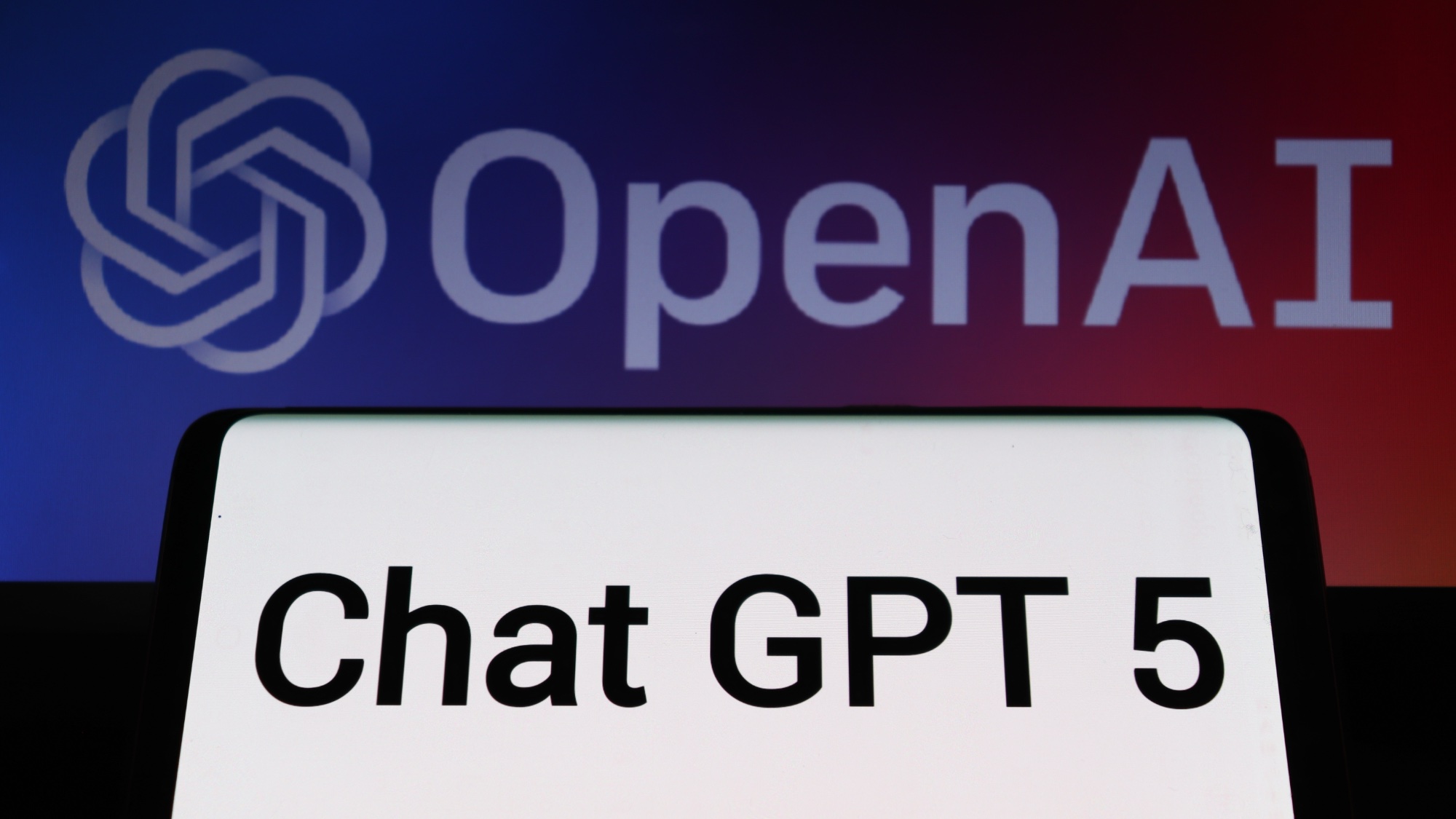
After months of anticipation and delays, ChatGPT-5 is finally here — and it’s the biggest upgrade to ChatGPT yet. It blends speed, smarter reasoning and an experience that adapts automatically to user needs. In other words, after you enter a prompt, the chatbot responds by picking the best model to give the response (Auto, Fast, Thinking). No more model-picking: GPT-5 routes between fast and deep-thinking modes on its own.
But while OpenAI hoped to help users streamline their chatbot experience, the new model was met with mixed reactions; many users preferred to pick a model themselves, others were upset they no longer had access to ChatGPT-4o; missing legacy model, ChatGPT-4o completely.
Because of this, the initial rollout of ChatGPT hasn’t been without drama — OpenAI reversed course on some controversial decisions, including removing GPT-4o. Here’s everything you need to know about GPT-5 right now: what’s new, how to use it and how much it costs.
What is ChatGPT-5?

GPT-5 is OpenAI’s new flagship model powering ChatGPT. One of the most noticable upgrades is the elimination of the model selection. Now, rather than asking users to manually choose between models, GPT-5 automatically switches between a fast, efficient brain and a deeper, more analytical “thinking” mode depending on your prompt.
You can also directly prompt it to, “Think hard about this,” to trigger the more advanced reasoning engine.
OpenAI claims GPT-5 improves performance across math, science, health, finance, law and especially front-end coding, where it can generate sophisticated layouts with better spacing, structure and typography — all from a single prompt.
GPT-5 upgrades at a glance
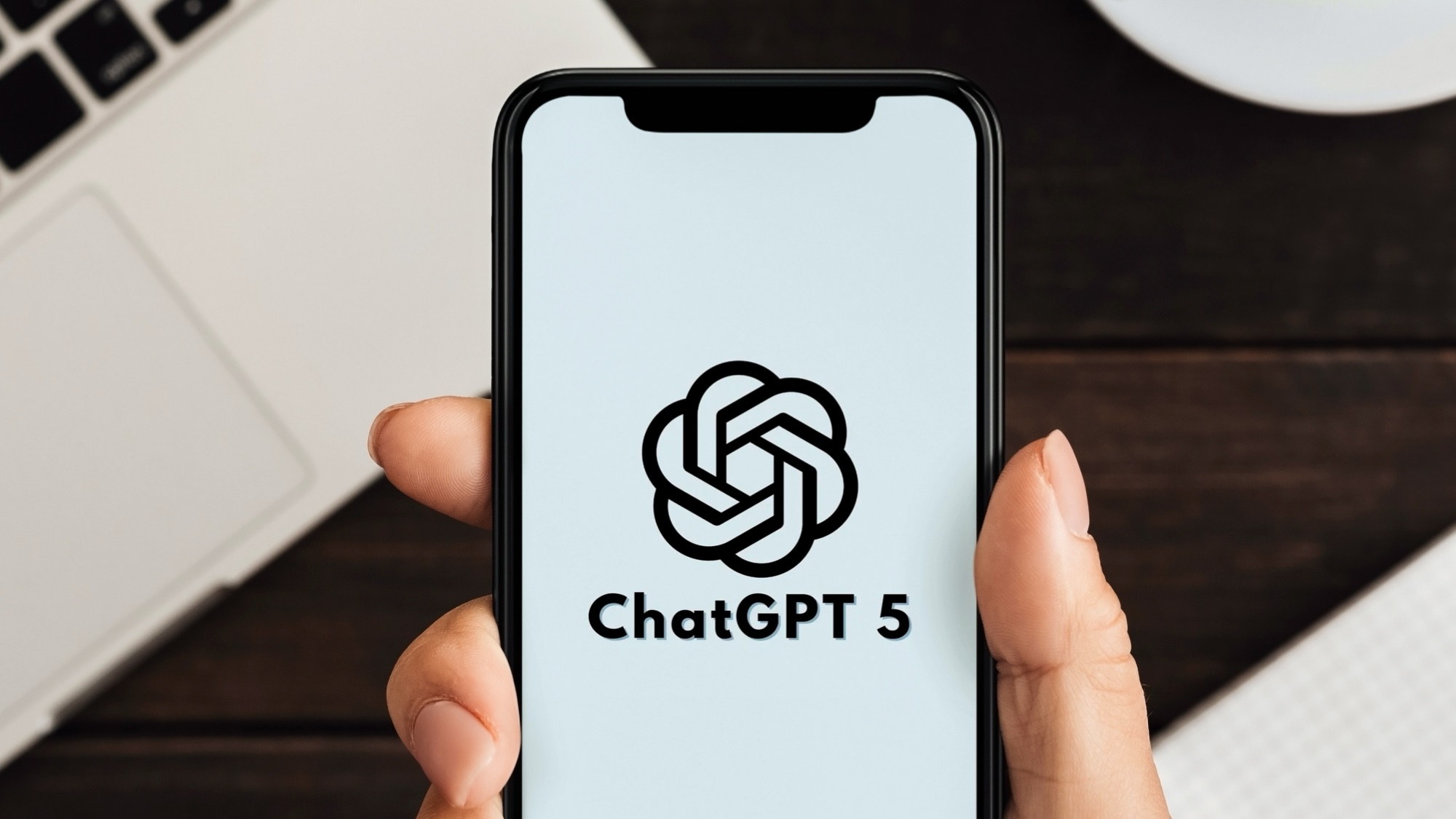
Study mode: A new tutoring tool inside ChatGPT that guides users step by step through homework, test prep and complex topics. Access it via Tools > Study and learn. You can also quickly access it by typing /study.
Thinking mode: Forces GPT-5 to slow down and reason more deeply. Ideal for complex planning, strategy or problem-solving.
Get instant access to breaking news, the hottest reviews, great deals and helpful tips.
Personality & Voice: Choose from preset personalities like Cynic, Listener or Nerd. These are rolling into Advanced Voice Mode for more human-sounding, hands-free chats.
Smart switching: GPT-5 dynamically routes your query to the right “brain” in real time, fast for casual chat, deep for logic-heavy tasks.
Dev tools: Better at app prototyping, UI design, debugging, and function calling. GPT-5 can now bootstrap entire apps and navigate large codebases more reliably than GPT-4.
Key performance insights for GPT-5 Thinking Mode
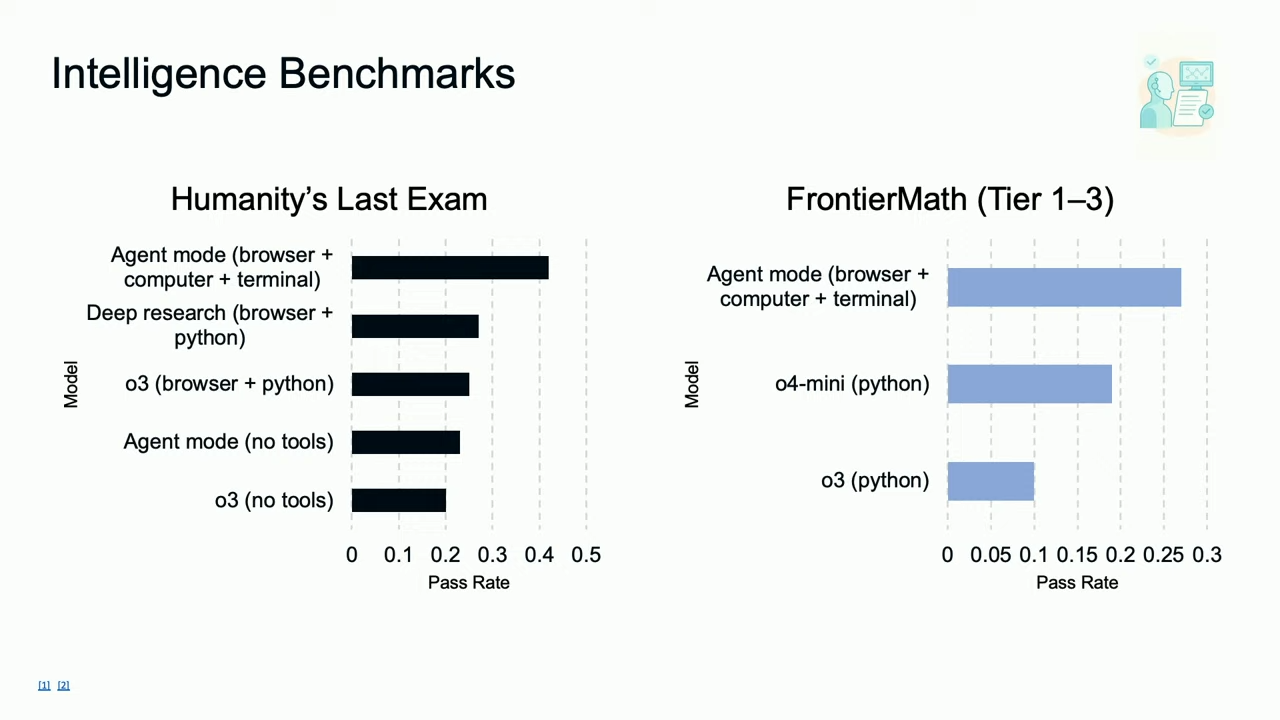
- SWE‑Bench Verified (Coding accuracy). GPT‑5 Thinking achieves a 74.9% score on SWE‑Bench Verified. For comparison, GPT‑4.1 scored around 54.6%. That’s a substantial advantage in coding proficiency.
- Hallucination & error rates. With Thinking Mode enabled: Error rates drop from 11.6% to just 4.8% on real-world traffic prompts. Open-source prompts show under 1% error rate. On HealthBench (hard medical cases), error rate is only 1.6%.
- Model comparison & benchmark dominance. GPT‑5 leads across reasoning, mathematics, coding and visual understanding on independent benchmarks like Vellum, LMArena, LiveBench, and Artificial Analysis. Exceptions: it underperforms on SimpleBench, a test of human-like reasoning and social intelligence, ranking behind Gemini and Claude models in that space.
- Context window & throughput. The Thinking Model offers a 196,000‑token context window, enabling it to process long documents or conversations in one go. (Throughput = how much work gets done per unit of time).
- Factual accuracy over older models. GPT‑5 Thinking reduces factual error rates by up to 80% compared to older models such as GPT-3.5-level models.
How to use ChatGPT-5

- Everyday Q&A: Just chat as usual; GPT-5 is the new default model.
- Trigger deeper thinking: Add “think step-by-step” or “think hard about this” to your prompt.
- Use Study mode: In ChatGPT, go to Tools >Study and learn. You’ll get hints, Socratic-style coaching, and structured scaffolding.
- Try Voice + Personalities: On mobile or desktop, launch a Voice session and choose a preset personality. More expressive, human-like voices are coming soon via Advanced Voice Mode.
- For coding: Paste in a code snippet or repo and ask GPT-5 to explain the architecture, fix bugs, or write tests. It’s especially good at clean UI design and mobile-first HTML/CSS.
Plans and pricing
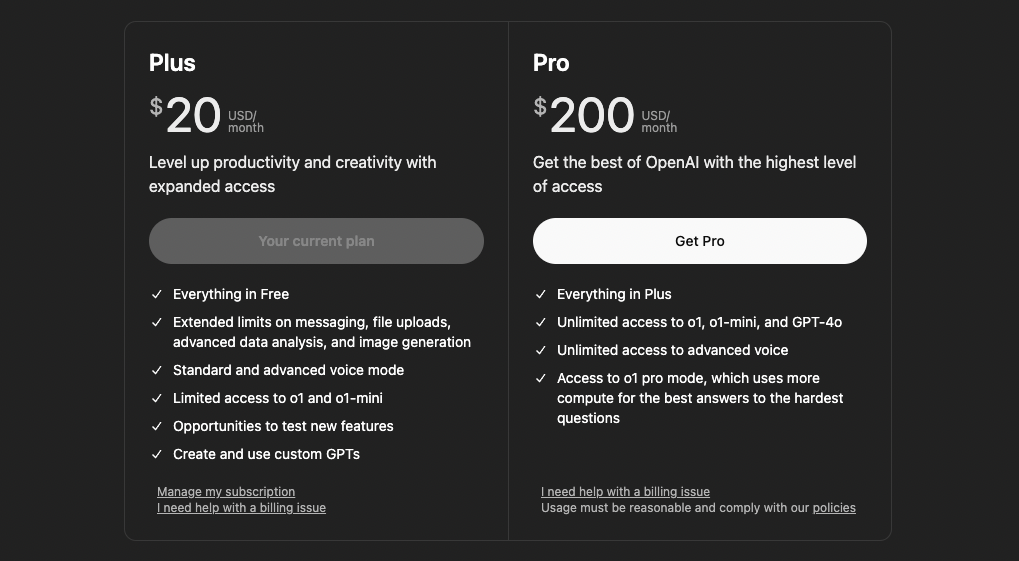
Free: access to GPT-5 with tighter caps and fewer deep-reasoning runs. (Access details can change as OpenAI tunes capacity.)
ChatGPT Plus ($20/month): higher limits and access to premium features (including GPT-4o selection alongside GPT-5). This long-standing price point still applies, with periodic promos (e.g., student offers).
ChatGPT Pro ($200/month): built for heavy users who regularly hit Plus caps and want broader, faster access to advanced modes; OpenAI announced this tier late 2024.
ChatGPT Go ($5/month, limited regions): a budget plan being tested in select countries (e.g., India). Expect expanded messaging/uploads and limited deep-research compared with Plus.
What GPT-5 does well
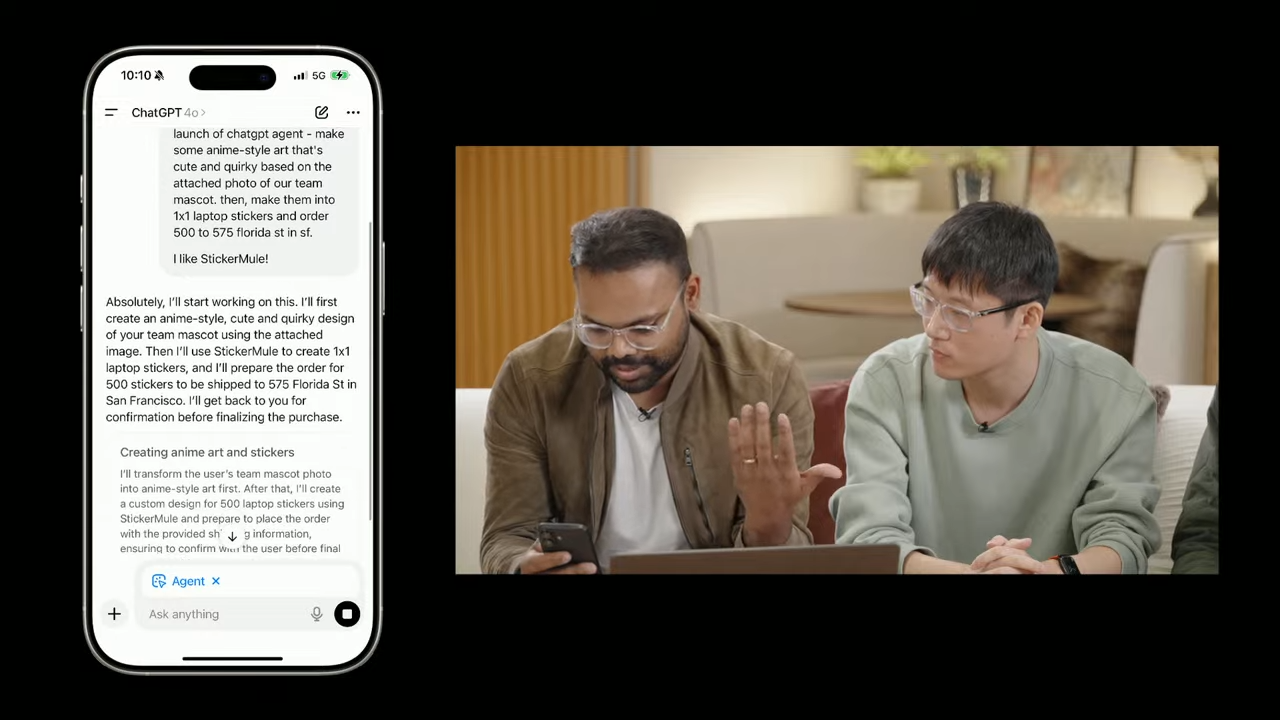
Study help & tutoring: Study mode discourages copy-paste answers and instead coaches you through problems. Upload a worksheet or quiz photo and GPT-5 can walk you through it.
Deeper reasoning & planning: GPT-5 excels when you explicitly ask it to think step-by-step. It follows constraints and decomposes problems better than past models.
Front-end design: With better instincts around layout, spacing, and typography, it’s excellent at quickly prototyping websites or apps.
Voice interactions: Preset personalities add tone and variety, and are useful for hands-free learning or brainstorming sessions.
GPT-5: What’s changed since launch?

User backlash altered the roadmap: GPT-4o was briefly removed at launch, but OpenAI brought it back after user complaints, along with higher GPT-5 usage limits.
Context tradeoffs: OpenAI kept context sizes relatively small in some tiers to control costs, while competitors like Claude and Gemini emphasize longer context windows.
Routing still evolving: Expect OpenAI to continue tuning how and when GPT-5 switches brains, especially around personality and reasoning depth.
Should you upgrade?

If you’re a casual user, stick with the free tier and try Study Mode to see if it fits your workflow. Power users who regularly hit caps will get the most from GPT-5 in Plus or Pro.
For teams, the Team plan adds collaboration and keeps data private, while Enterprise layers on enhanced controls for larger orgs. Developers running high volume should consider the API since per-token costs are usually lower than app subscriptions.
7 prompts to try right now with ChatGPT-5

Study Mode: "I’m studying Bayes’ theorem. Ask me questions and help me solve it without giving the answer upfront.”
Build a UI from scratch: "Design a landing page for a fitness app with hero, features grid, testimonials and pricing. Mobile-first HTML/CSS.”
Strategic planning: “Think step-by-step. Propose a 4-week plan to reduce my spending while sticking to a healthy meal plan for a family of four.”
Resume rewrite: “Here’s my resume. Rewrite it for a product manager role in the tech industry with a focus on AI and leadership.”
Creative storytelling: "Write a short about a time traveling carnival’s prize goldfish grants one wish per owner but only for acts of kindness under five minutes."
Template support: "Act as my on-call problem-solver. I’m a mom of three. Task: [what you need]. Constraints: [time/budget/tools/kid ages/diet/etc]. Priorities: [what matters most]. Give me: (1) the best option, (2) one backup, (3) a 30-minute checklist, (4) anything I need to buy/prepare. Keep it concise.
Image-based reasoning (Vision): “Here’s a photo of a worksheet. Walk me through solving each math problem step by step like a tutor.”
Bottom line
ChatGPT-5 shifts ChatGPT from a model picker to a task-first assistant. It routes itself intelligently, thinks deeper on demand, and actually teaches instead of just answering.
If you’re learning, building, or researching, the combo of Study Mode, Thinking Mode, and upgraded coding tools makes a noticeable difference. Just keep in mind: this product is evolving in real time — and OpenAI is clearly listening to user feedback.
Follow Tom's Guide on Google News to get our up-to-date news, how-tos, and reviews in your feeds. Make sure to click the Follow button.
More from Tom's Guide
- I tested ChatGPT-5 vs Grok 4 with 9 prompts — and there's a clear winner
- I tested ChatGPT-5 vs Google Gemini 2.5 with 10 prompts — and there's a clear winner
- I tested ChatGPT-5 vs Claude with 7 challenging prompts — here's the winner

Amanda Caswell is an award-winning journalist, bestselling YA author, and one of today’s leading voices in AI and technology. A celebrated contributor to various news outlets, her sharp insights and relatable storytelling have earned her a loyal readership. Amanda’s work has been recognized with prestigious honors, including outstanding contribution to media.
Known for her ability to bring clarity to even the most complex topics, Amanda seamlessly blends innovation and creativity, inspiring readers to embrace the power of AI and emerging technologies. As a certified prompt engineer, she continues to push the boundaries of how humans and AI can work together.
Beyond her journalism career, Amanda is a long-distance runner and mom of three. She lives in New Jersey.
You must confirm your public display name before commenting
Please logout and then login again, you will then be prompted to enter your display name.










